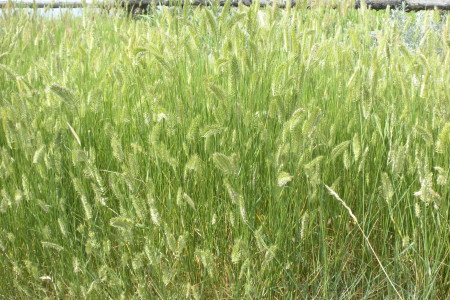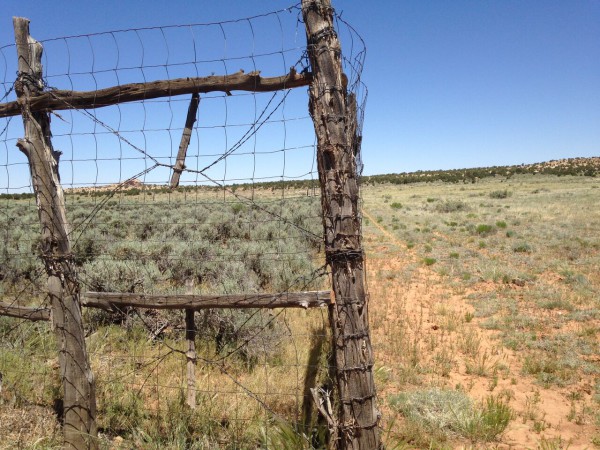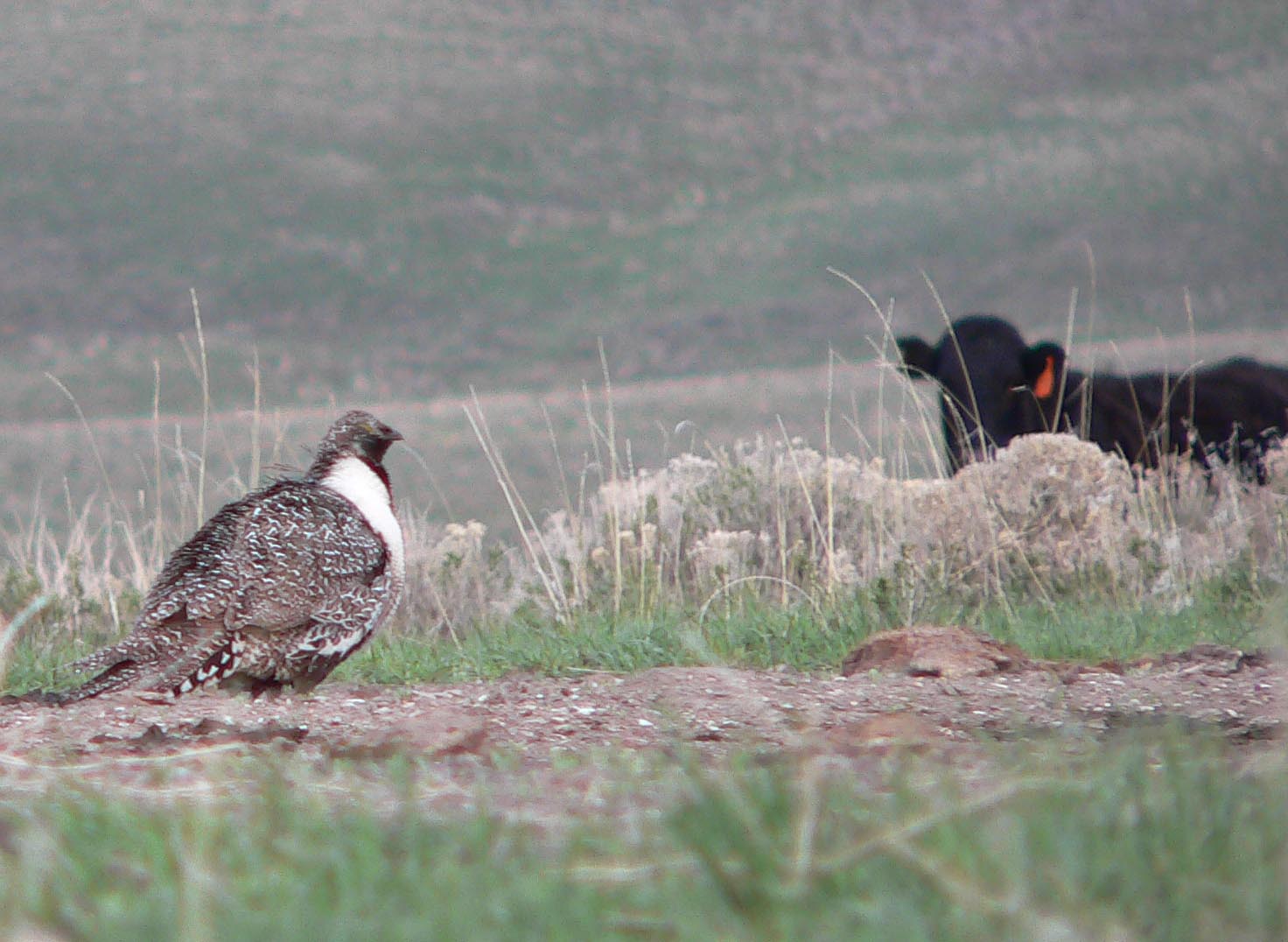Beck and Mitchell (2000) is a review paper used to describe the negative effects of livestock grazing on sage-grouse. It is a peer-reviewed article, and the authors conclude livestock grazing is more negative than positive for sage-grouse. I had issues (my opinion) with the way Beck and Mitchell portrayed the negative aspects of grazing on sage-grouse. I’m not taking a stand on the effects of grazing on sage-grouse, I just want to point out that when Beck and Mitchell (2000) wrote the article there wasn’t much research on the topic and I think their conclusion was premature. Text in blue is taken directly from Beck and Mitchell (2000), and my comments are in black.
Direct Negatives
- Sheep bed grounds on ridges destroyed sagebrush used by sage grouse in heavy snows1
- Sheep and cattle trampling destroyed eggs1
- Sheep and cattle caused nest desertions1
- Overgrazing leads to deteriorated wet meadow hydrology; reduces grouse habitat2
- Heavily grazed meadows in poor condition avoided by sage-grouse2
- Densities of nest-depredating ground squirrels likely increased following heavy grazing3
1To stop overgrazing in the West, the Taylor Grazing Act was enacted in 1934. Grazing management has changed dramatically since the mid-1930s. Nonetheless, Beck and Mitchell (2000) used Rasmussen and Griner (1938) in their review. While their research findings were likely accurate in the mid-1930s, I think citing a 62 year-old paper based on past range conditions and stocking rates is misleading to the reader. Furthermore, Beck and Mitchell used this 1938 paper for three of the six direct negatives in their review.
2Negatives were due to overgrazing or heavy grazing—not properly managed grazing.
3This is an expert opinion, but Coates (2007) using a motion camera found that: “Wyoming ground squirrels and Piute ground squirrels encountered intact sage-grouse eggs in active nests during female incubation recesses and sometimes attempted to open eggs but were always unsuccessful as were all rodent encounters with intact eggs.”
Indirect Negatives
- Reduction in habitat through conversion of sagebrush to grass for livestock4
- Livestock grazing can promote introductions of alien weeds
- Winter sagebrush cover lost through sagebrush conversion to grassland4
- Sprayed sagebrush strips contained lower amounts of forbs for sage-grouse4
- Sage grouse quit nesting in areas treated with herbicides to increase grass forage4
4 I know these are indirect negatives and they were likely done in the name of cattle grazing and productivity. However, they are man-caused negatives and can be, or already have been, discontinued to protect sage-grouse. For example, state of Utah money can no longer be used to remove sagebrush from private or public land.
Beck, J.L. and D.L. Mitchell. 2000. Influence of livestock grazing on sage grouse habitat. Wildlife Society Bulletin 28:993-1002.
Rasmussen, D.I. and I.A. Griner. 1938. Life histories and management studies of the sage grouse in Utah, with special reference to nesting and feeding habits. Transactions of the North American Wildlife Conference 3:852-864.





